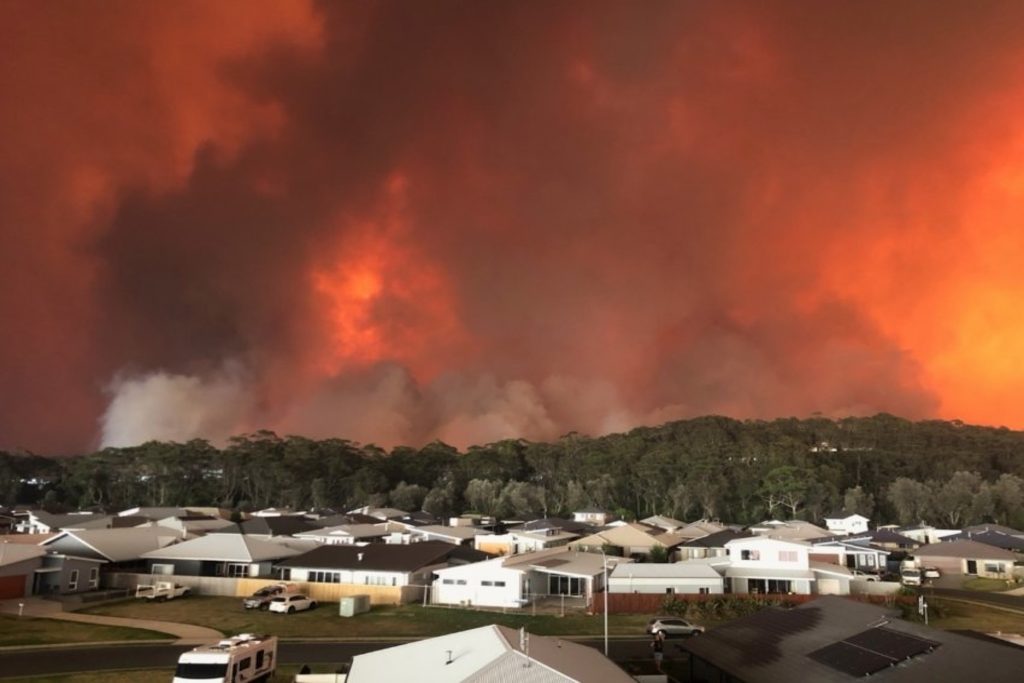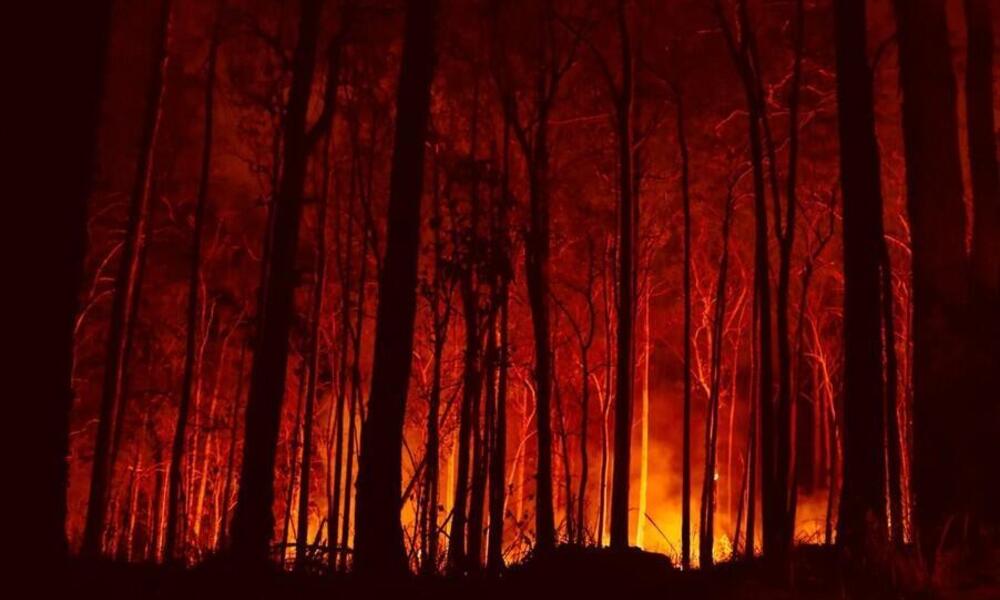Important Tips for Bushfire Administration to Ensure Fire Security

Recognizing Bushfire Risk Degrees
Understanding the differing degrees of bushfire danger is crucial for effective planning and prep work in mitigating prospective risks to residential properties and lives. Bushfire risk degrees are usually classified based on variables such as weather condition problems, fuel schedule, topography, and historic fire behavior. By understanding these threat areas, levels and people can proactively carry out techniques to reduce susceptability and enhance durability despite prospective bushfire events.
The first level of bushfire risk is reduced danger, where the possibility of a bushfire taking place and causing substantial damage is marginal. Risky levels signify a considerable risk, with conditions helpful to rapid fire spread and extreme fire actions.
Comprehending these bushfire danger degrees enables stakeholders to tailor their readiness and feedback activities appropriately, making sure a aggressive and efficient technique to bushfire management.
Developing a Defensible Room
Efficient bushfire management starts with establishing a defensible area around residential properties to boost security against possible fire risks. A defensible space is a barrier zone that develops a barrier in between a framework and the bordering flammable plants. This room works as an essential line of defense, providing firemens a risk-free location to run and helping to minimize the threat of a fire spreading to the property.
When establishing a defensible area, it is vital to consider the format of the home and the bordering landscape. Cleaning plant life, particularly very flammable plants, within a certain distance of the building can assist stop the fast spread of fires. In addition, keeping a well-irrigated zone around the residential or commercial property can additionally boost its defensibility.
Regular upkeep of the defensible area is important to guarantee its efficiency. This includes trimming looming branches, clearing dead plants, and maintaining the location free of debris. By investing time and initiative right into creating and maintaining a defensible area, homeowner can considerably boost their opportunities of securing their homes and possessions during a bushfire.
Executing Fire-Resistant Landscaping
When creating landscapes to alleviate the risk of bushfires, including fireproof aspects is crucial for boosting property defense and minimizing fire risks. Select plants with high dampness material, reduced oil material, and marginal dead plants to reduce the threat of fire spread.

Creating an Emergency Situation Emptying Plan
Developing a detailed emergency emptying strategy is crucial for ensuring the security and well-being of individuals throughout potential bushfire events (BAL Report). An efficient evacuation plan must outline clear procedures to comply with in the occasion of a bushfire risk, consisting of marked evacuation paths, setting up points, and communication methods
To begin producing an emergency situation evacuation plan, it is important to analyze the particular threats and vulnerabilities of your location. Recognize several evacuation courses that bring about risk-free areas away from the fire, thinking about variables such as surface, roadway ease of access, and prospective dangers. Develop interaction channels to alert citizens of an approaching emptying, making use of techniques such as alarms, message notifies, or door-to-door notices.
Consistently review and exercise the discharge strategy with all citizens or neighborhood participants to make certain everyone understands their responsibilities and duties. Conduct drills to examine the effectiveness of the plan and make any necessary adjustments. By having a well-prepared evacuation plan in area, you can boost the opportunities of a orderly and risk-free emptying throughout a bushfire emergency situation.
Maintaining Fire Safety And Security Equipment
After establishing an extensive emergency situation discharge strategy for bushfire incidents, it is critical to prioritize the regular upkeep of fire safety and security devices to make sure ideal capability and readiness. Normal upkeep of fire safety and security tools such as fire extinguishers, smoke alarm, emergency alarm, and lawn sprinkler is crucial in safeguarding lives and residential visit this website or commercial property during a bushfire. Carrying out routine examinations, testing, and maintenance of these tools by certified professionals is important to guarantee they are in functioning order when required.
Fire extinguishers must be inspected routinely for stress levels, visible damages, and proper performance. Smoke alarm should have their batteries changed at the very least yearly and undertake regular monthly testing to ensure they are operational. Emergency alarm and sprinkler systems should be checked periodically to confirm they are linked and working appropriately. Additionally, it is necessary to keep fire security devices accessible, unblocked, and clearly identified for simple identification throughout an emergency situation. By diligently preserving fire security devices, people can improve their readiness and feedback capabilities in the event of a bushfire.
Verdict
Finally, effective bushfire administration entails comprehending danger degrees, creating defensible spaces, applying fireproof landscape design, creating evacuation strategies, and maintaining fire safety and security devices. By following these vital ideas, individuals can make certain much better fire protection and safety and security for their residential properties and communities. It is necessary Discover More Here to focus on proactive procedures to minimize the risks connected with bushfires and to be gotten ready for emergency situations.
By comprehending the nuances of bushfire danger levels, establishing defensible spaces, applying fireproof landscaping, producing extensive emptying plans, and ensuring the upkeep of fire safety and security equipment, neighborhoods and people can considerably strengthen their resilience against the devastations of wildfires - BAL Assessment. These ideas are not only crucial for safeguarding versus immediate fire hazards yet likewise for cultivating lasting fire defense strategies that can make a substantial difference in the face of intensifying bushfire hazards
Risky levels represent a substantial risk, with problems favorable to rapid fire spread and extreme fire behavior. Regular maintenance of fire security devices such as fire extinguishers, smoke detectors, fire alarm systems, and sprinkler systems is crucial in protecting lives and residential or commercial property during a bushfire.In conclusion, efficient bushfire administration includes comprehending danger degrees, developing defensible spaces, applying fire-resistant landscaping, developing emptying plans, and preserving fire safety tools.